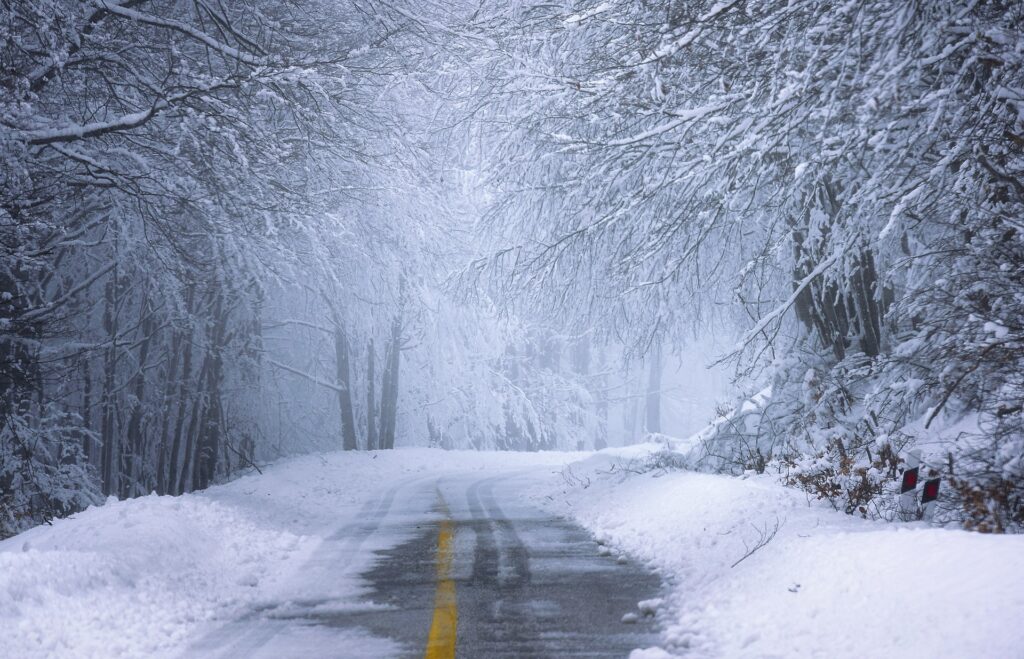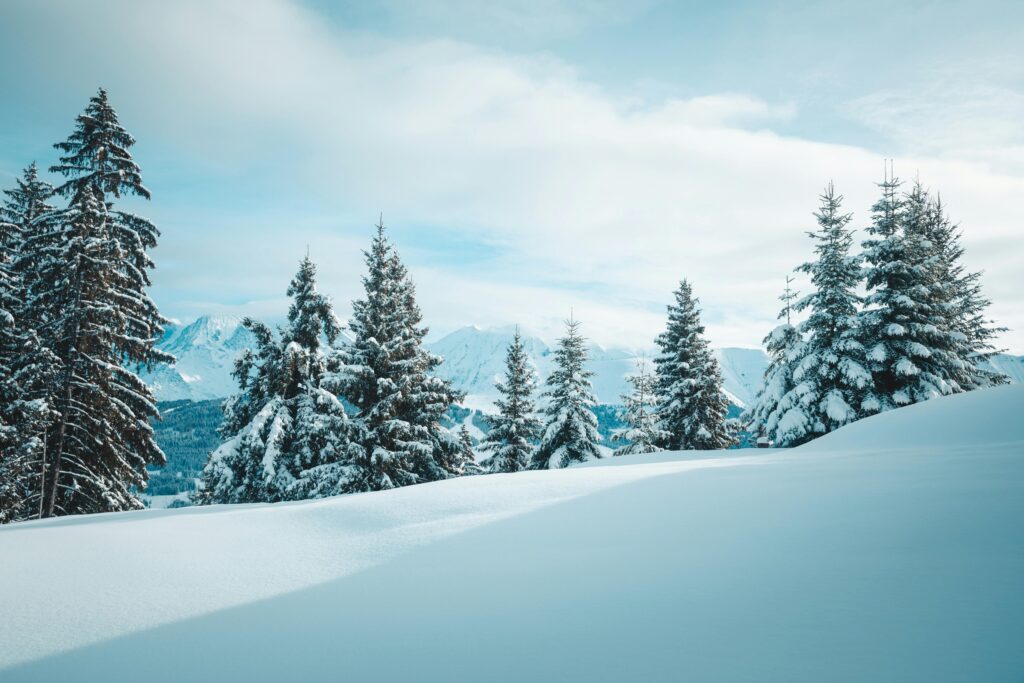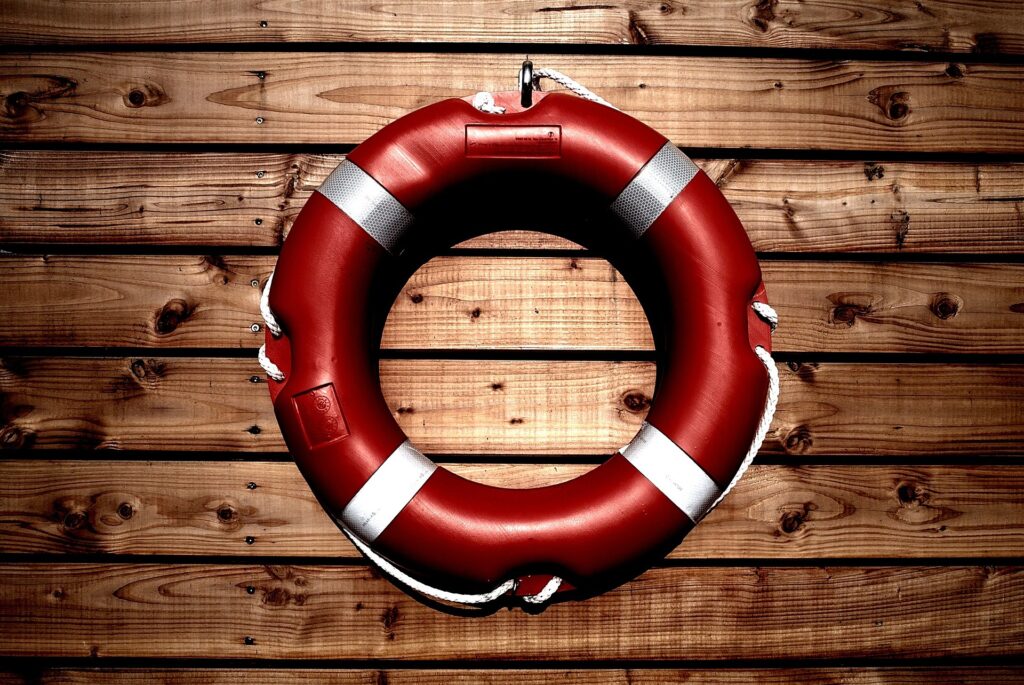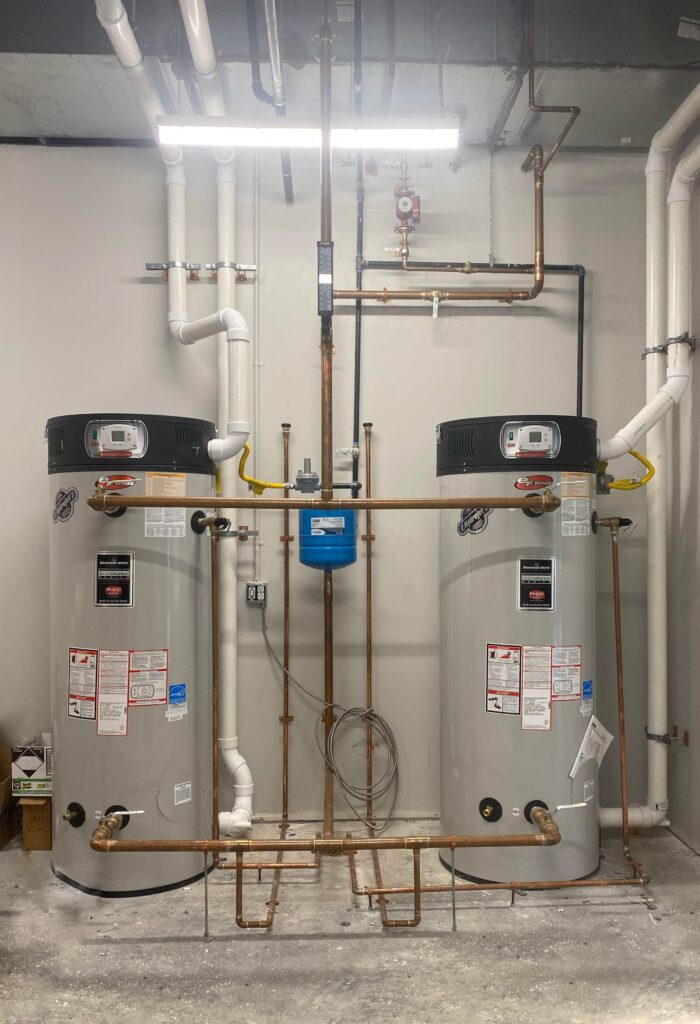With the Cold Weather Preparedness Guide from Generac, you'll discover effective ways to help protect your home during winter power outages.
Emergency Resources
When the power goes out, life becomes significantly more difficult. Backup power, whether portable, home standby or a solar + battery storage system, offers a layer of security and protection. As backup power experts, Generac aims to provide peace of mind and confidence in your backup power supply when the power is out or unreliable. With the aging power infrastructure and growing intensity of severe weather, including cold weather, outages are more likely.

During winter, keep the following contacts handy in case of an emergency:
FEMA
www.fema.gov
800-621-3362
Food Safety
www.fsis.usda.gov
888-674-6854
CDC Emergency Preparedness & Response
https://emergency.cdc.gov
800-232-4636
In an emergency, call 911 for assistance.
Cold Weather 101
Cold weather can include a variety of severe conditions and affect people throughout Wisconsin and Illinois. Each extreme weather event presents unique challenges and requires advance preparation.
Cold Temperatures
Low temperatures are a key characteristic of winter weather, with significant potential to impact health and safety. Even if there is no snow or ice, cold temperatures can pose a threat to anyone who must go outside or whose home is unheated due to power loss or other factors. People who are outside in cold temperatures for too long are at risk of hypothermia or frostbite, which can cause loss of body heat, tissue damage, or more severe outcomes. Cold temps can also increase the likelihood of pipes freezing and bursting inside homes and causing flooding.
Snow
Snow is an influential cold weather element, causing potentially dangerous situations in varied climates. Snowstorms can range from a few hours to a few days and bring a few inches to a few feet of snow to an area. Even for people living in regions that are accustomed to snowstorms, a large snowfall can have a considerable impact. Blowing snow can limit visibility, and heavy snow can make transit of any kind difficult, frequently limiting vehicular travel and preventing people from accessing much-needed supplies or support.
Preparation & Action
The best time to take charge of your storm response is well before the storm hits.
Start Now
• If you use a fireplace or wood stove for heating, make sure to have your chimney or flue inspected annually ahead of cold weather.
• Build an emergency kit. See a list of recommended items to include at the end of this guide.
• Gather local area maps in the event that mobile devices lack service or electricity.
• Compile contact information for relevant family members and keep it handy in a wallet or purse.
• Create a communication plan in case of an outage
• It is possible some of your possessions may be broken, destroyed, or lost if your home is damaged due to impacts of cold weather, like bursting pipes or fallen tree branches. Your insurance claim can be made much easier if you make a list and photograph your most expensive items.
• Prioritize taking photos of high-priced items such as jewelry, collectibles, electronics, power
tools, lawn mowers, etc. Show the items closeup and where they are in the home (for example,
in a dresser in your bedroom). In each photo, include a piece of paper with today’s date and the
value of the item. Take photos of receipts if available.
• Be sure to account for possessions both inside and outside of your home and talk with your
insurer ahead of time to understand the claims filing process and how these photos can best
be used. That way, if you should need to file a claim, it will be easier. You can find an easy
printable form to list your household inventory at the end of this guide.
• Photograph important legal paperwork such as wills and proof of insurance.
Before the Storm
• Bring pets indoors.
• Turn your refrigerator and freezer to the coldest setting.
• Fill bathtubs and large containers with water for sanitation purposes.
• Turn off and properly secure propane tanks.
• Unplug small appliances in the rooms you do not plan to use during a storm.
• Check the yard and landscaping for any trees that should be trimmed.
• Fill gas cans to run a portable generator.
• Charge cell phones.
• If you are going away during a cold weather event, be sure to leave the heat on in your home and set to at least 55°F.
• Make sure you know how to shut off water valves in your home if a pipe bursts.
Relying On A Home Standby Generator? Make Sure It's Ready, Too.

- Keep at least 3 feet of clearance around the generator.
- Ensure the inside of the enclosure is free of debris.
- Check your battery for proper charge.
- Check the air filter.
- Check spark plugs.
- Watch for low oil levels.
To request generator maintenance from a factory-trained Adams technician, schedule now before the cold weather arrives.

During the Storm
Sheltering In Place
• Stay inside and limit your time outdoors.
• Monitor updates with a radio or television. Have a battery-powered
emergency radio, in case of power outage.
• Save cell phone battery as much as possible in case the power goes out.
• If power is lost, unplug all outlets to reduce the chance of power surge damage.
• If using a portable generator for backup power, have a plan for safely starting your generator.
• If flooding occurs due to pipes bursting, turn off electricity.
• Evacuate if the home is damaged or an emergency official gives the order.
• Go to a neighbor’s home or follow the emergency official’s directions.
Staying Warm
During a winter storm, keeping warm is a top priority. If your home loses heat, take action to maintain as much warmth indoors as you can.
• Remain inside as much as possible and minimize opening doors and windows except when necessary.
• Shut the doors to unneeded rooms, using just the most essential areas.
• Line the cracks under the doors with towels or other fabric to reduce cold air flow.
• Cover windows at night to keep out cold air and drafts.
• Dress in loose, light layers that can be easily removed. Sweating and overheating can ultimately lead to chills, so monitor your exertion and reduce layers appropriately.
• Stay hydrated and be sure to eat, as proper nourishment helps the body generate its own heat.
• When using a heat source like a space heater, fireplace, or wood stove, be sure to keep blankets and other items away from the heater and ensure proper ventilation.
Outdoor Safety
If you must go outdoors during a winter storm, take extra precautions to stay safe.
• Walk carefully on walkways that may be coated in snow or ice. Even if you don’t see ice, be aware that it may still be there causing slick conditions.
• Avoid overexertion, as sweating can cause a chill and hypothermia.
• Know and monitor for signs of hypothermia, including shivering and confusion
• Be aware of the signs of frostbite, including pale, cold skin that may be numb or tingle, painful or even burn.
• Drive only if absolutely necessary and only during daylight hours. Have an emergency kit in your vehicle that includes rock salt, sand, shovels, and blankets.
• Change out of any wet clothes as soon as possible to keep your body
insulated and to maintain body heat.

After the Storm
If there is severe damage to the home, leave immediately and contact local officials.
• If you suspect a gas leak, leave immediately and report it to local authorities.
• Go to a designated public shelter if your home is without power or heat during extreme cold.
• Report downed power lines to the utility company and local police and fire departments.
• Carefully clear snow from around any propane tanks, taking care not to puncture the tank or line.
• Check on neighbors.
• Report losses to insurance.
• Make a list of any missing or damaged property.
• Take photos of the home, yard, and street.
• Do not drive down closed roads – they may have downed power lines or trees.
• Consider contacting contractors to clean up large debris, like fallen branches.
• Keep receipts for possible reimbursement programs through insurance, city, or U.S. government programs.
• If power is out, unplug all major appliances before turning the electricity back on to minimize possible surge damage.
• If the home flooded due to pipes bursting, have a professional electrician check the residence before turning electricity on.
• Save phone calls for emergencies. Phone systems are often down or busy after a disaster. Use text messages or social media to communicate with family and friends.

Safety Tips
Food Safety
According to the U.S. Department of Agriculture, food in your refrigerator is safe to eat for only four hours without electricity. They recommend you discard meat, poultry, fish, eggs, and leftovers after that timeframe. A full freezer, on the other hand, will hold a safe temperature for 48 hours, 24 hours if it is half full. These times are only true if the appliance door remains closed. It is important to adhere to the following safety guidelines during and after a power outage when there is no electricity.
• Don’t open your refrigerator if the power goes out.
• Use a thermometer to check if food is 40 degrees or below before consuming.
• Power your refrigerator: Consider backup options to power your refrigerator,
especially during long outages.
• In the event of an outage, do not plan to keep food cold outside in ice or snow,
as food could be exposed to varying temperatures and unsanitary outdoor conditions.
Child Safety
• Reducing a child’s fear during severe weather is important.
• Keep in constant communication with your children during a winter storm. Talk with them about your plans and let them help gather supplies.
• Be sure to include things like toys, games and items that don’t require power.
Pet Safety
The ASPCA estimates one third of cat and dog owners don’t have a disaster plan in place for their animals. During cold weather events, pets are safest by your side at home. Bring pets inside before winter weather hits, and make sure to plan for their comfort and safety in case the power goes out.
Emergency Kit For Pets
• 7 days of food and water (with a can opener, if needed)
• 1 week’s worth of medication
• Pet carrier/kennel
• Extra leash
• Pet ID tags, rabies vaccination tag and collar
• Spare bedding
Download the complete Cold Weather Preparedness Guide here




